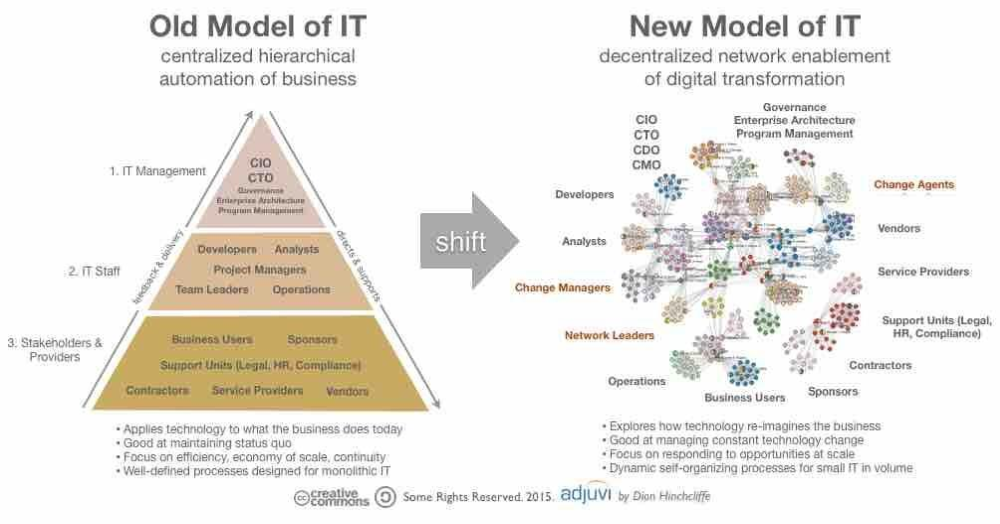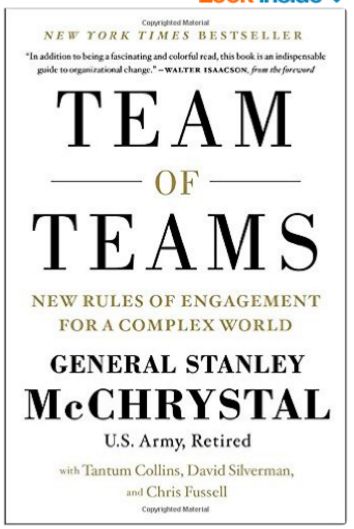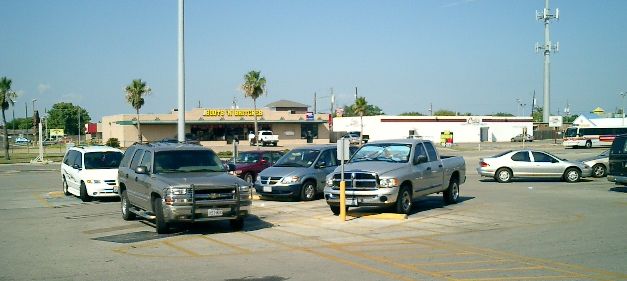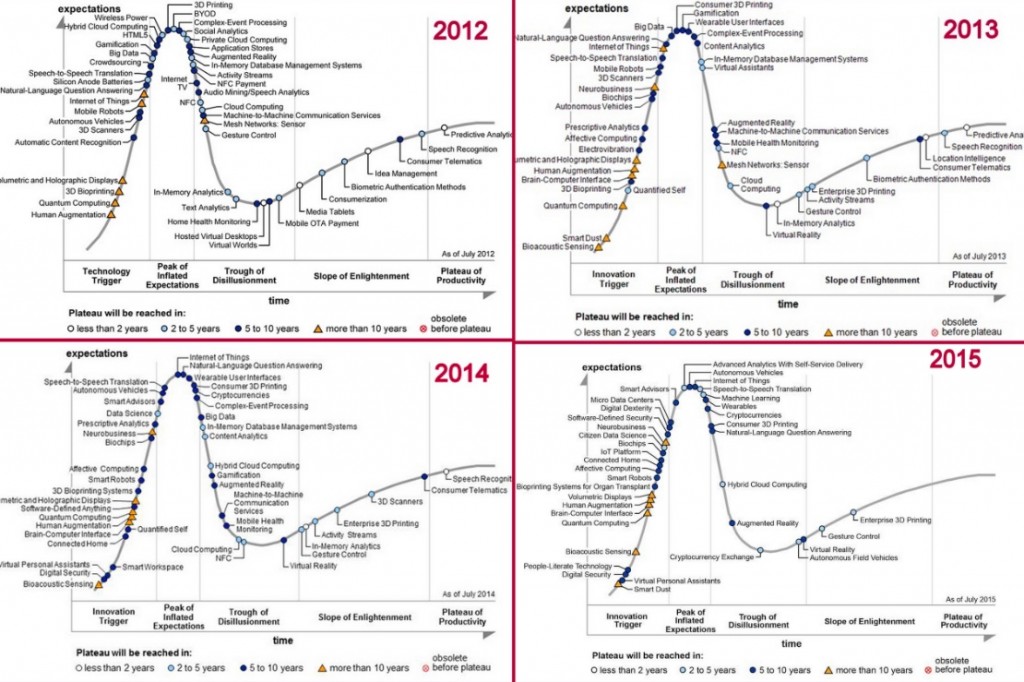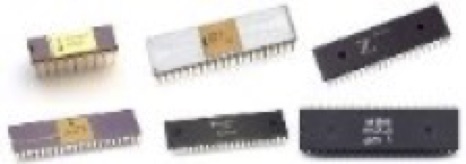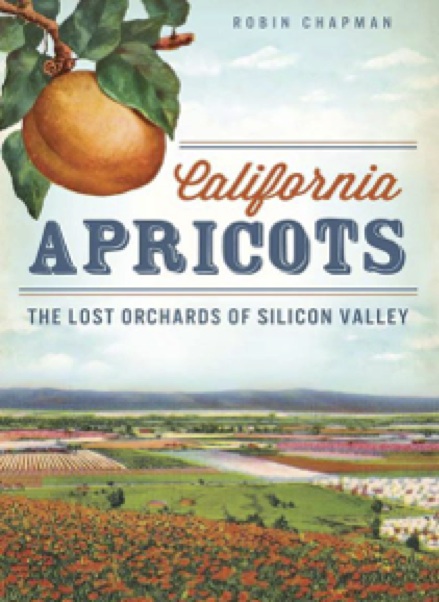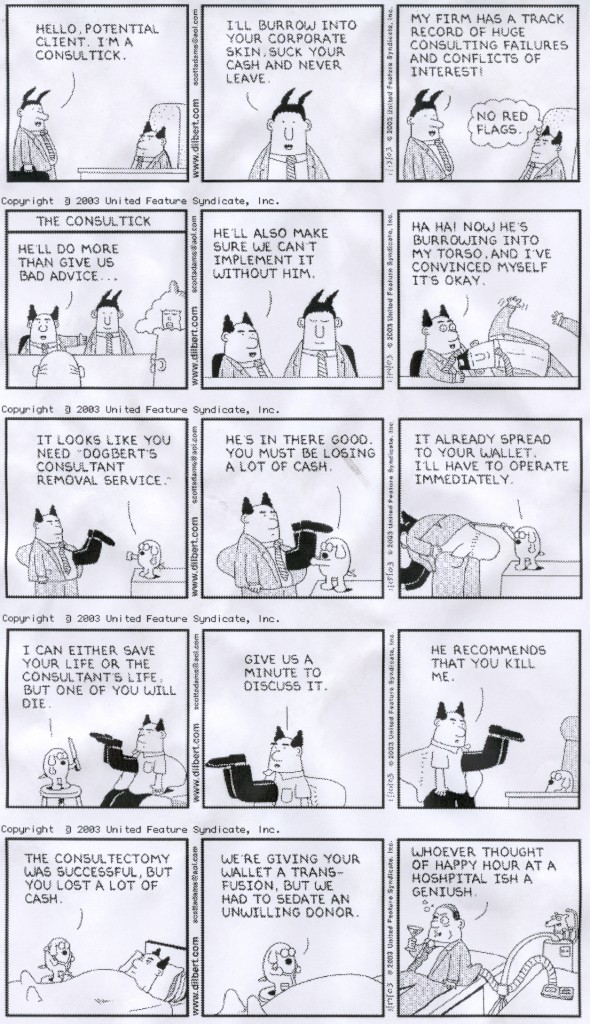A guest blog, by Chuck Ritley
Here’s a bit of history: Intel introduced the 16-bit 8086 CPU in 1978. It was a tad expensive, and soon followed by the cheaper 8-bit 8088. These little gadgets put mainframe logic in a tiny, affordable package. And soon garage wizards figured out how to build full computers.
IBM jumped on it and did the world a big favor: they invented “Open Architecture” with the release of the first IBM Personal PC. A simple design, freely publicized, it opened the door to anyone who could assemble: a motherboard with BIOS, expansion slots, and controller chips; an 8088 CPU; some memory; keyboard; monitor; and floppy disks for storing data. No big deal.
The floodgates opened. Everyone who assembled electronics brought out “IBM compatible” PCs: Zeos, Tandy, Compaq, Packard Bell, AMD, Gateway, H-P, Wang, TI, Sanyo, and – of course – Dell.
For the first time, there was a “free market” for computers. Good? Well, almost. Everyone wants to make money, and the industry had a “price point” of about $1000. You could save a few bucks by buying from Dell or Zeos – but only a few. So “IBM clones” were cheaper, but not that much.
This tidal wave rolled over The Valley, and entrepreneurs started “White Boxing”: building clones from parts at discount prices. The heart of the White Boxing “industry” was Albrae Street, a small street of storefront-warehouses combos, like mini strip malls, right near the mud flats of San Francisco Bay.
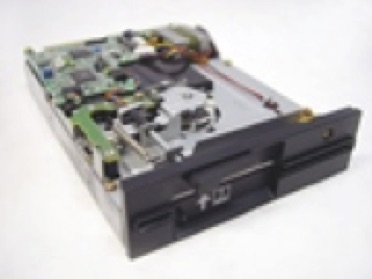 The local “computer press” (like “Computer Currents”, free at the 7-11) ran huge ads, offering PCs for $700 or so. Still too much for the true geeks who thought “If they can assemble one, then I can, too.” So they descended on the White Boxers, not for PCs – but for parts. I know – I was one of them.
The local “computer press” (like “Computer Currents”, free at the 7-11) ran huge ads, offering PCs for $700 or so. Still too much for the true geeks who thought “If they can assemble one, then I can, too.” So they descended on the White Boxers, not for PCs – but for parts. I know – I was one of them.
We haunted the warehouses, hunting bargains. And found that even parts could be “cloned”. (Whether or not this was legal is not a priority with geeks.) For example, when you wanted a 5-inch floppy drive, you could buy a Shugart or Memorex (the same as IBM used), OR – – – – you could buy a “knock-off” with no label and manufactured in Taiwan for much less. But, hey, it still worked.
Enter Mr. Yee – who soon became The King of the Bay Area parts empire. Mr. Yee sold full-size clones, with name brand parts, at good prices, and clones with no-name parts at even better prices. His whole extended family worked back in his warehouse, and could assemble a PC in minutes, “burn it in” that night, and you pick it up tomorrow. (I suspect that they all lived back there, too, but parts were cheap, so Immigration can mind its own business.)
Parts – that’s where Mr. Yee shined. Whatever you needed – Mr. Yee had one cheap. No name, no label, but it always worked just fine. Truth be known, this was the beginning of the end for “Made in America”.
I saved up, bought parts for my first PC, and Mr. Yee threw in a copy of DOS and an x86 assembler. A few hours with tools, and it ran. I got a copy of Lotus 123, some utilities, and started on the road to expertise.
A few months later, my son Ken returned from a summer internship at the Oak Ridge National Labs where he had worked on Cray supercomputers, wanted his own computer (not a Cray), and had been saving up. Not impressed that his old man had actually built a PC, Ken preferred one “professionally assembled”, so off to Mr. Yee. Ken went first-class on his order: a full 640K of memory and, as I recall, it was a turbo-chip 8086 which could shift up from its usual 4.7 Hz cycle to a screaming 8.0. The frosting on the cake: a 1200 baud modem.
Those days are gone. Today few users can change a battery. No one has any tools, and help and advice comes by phone from someone in a different country. We used to grow our own food, fix our own cars, sew on our own buttons, and build – and “burn in” – our own computers. Have we evolved? I’m not sure.
This guest blog was submitted by Chuck Ritley, an adjunct professor of computer science with several major universities in the San Antonio area.
Here are the links to the other blogs in this series:
Reflections of a Valley Guy – Part 1: “The Way It Was”
Reflections of a Valley Guy – Part 2: “First Wave of Characters”
Reflections of a Valley Guy – Part 3: “Evolution of the Geek”
Reflections of a Valley Guy – Part 4: “When Giant Frys.com Sold Pork Chops”
Reflections of a Valley Guy – Part 5: “Mr. Yee and the Albrae Street – Taiwan Connection”
